10 Common Mistakes in Bulk Slipper Purchases That Can Hurt Your Business!
what will you read...
1. Buying from Unreliable Suppliers2. Neglecting the Quality of Raw Materials3. Failing to Analyze the Target Market's Needs4. Ordering Large Quantities Without Initial Testing5. Ignoring Packaging Details6. Overlooking Hidden Costs7. Buying from Too Many Intermediaries8. Not Paying Attention to Delivery Terms and Timing9. Not Having a Formal Contract10. Ignoring Seasonal DemandConclusion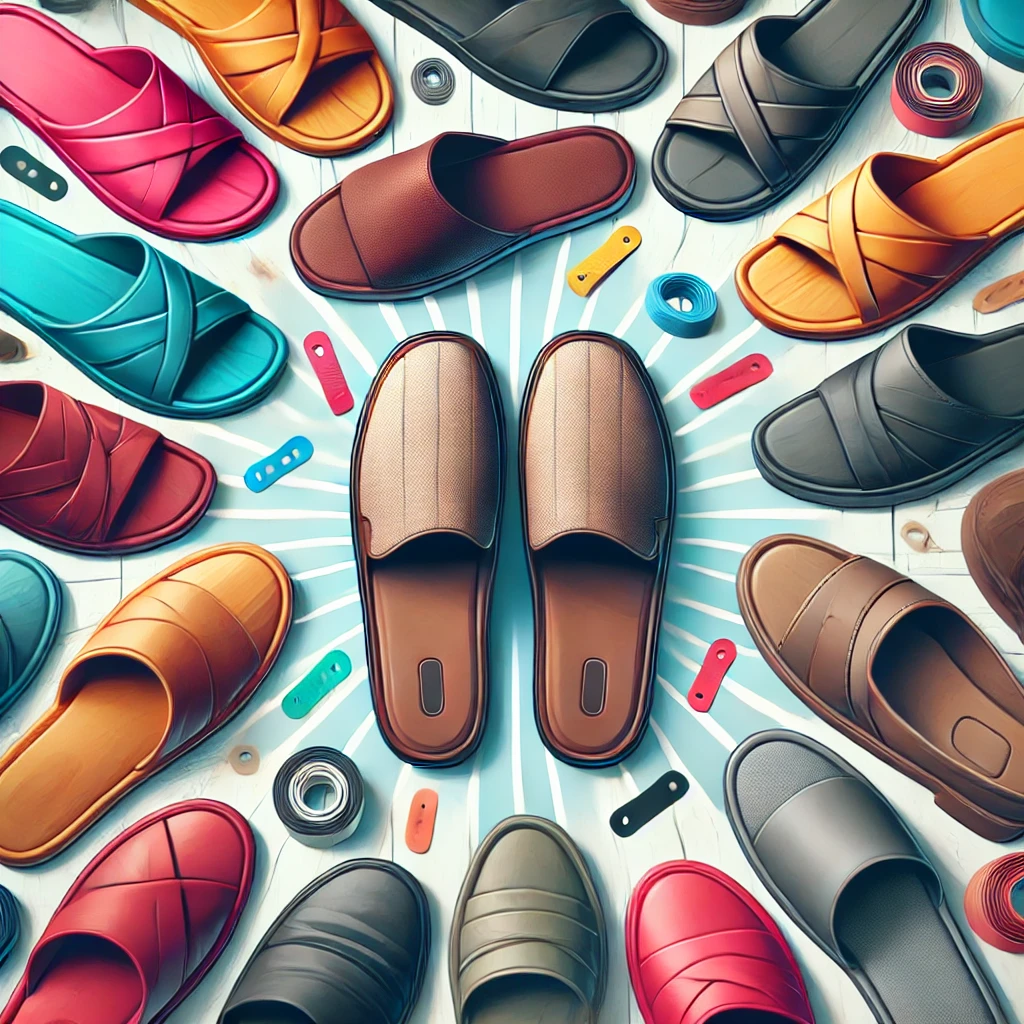
Buying slippers in bulk is a great way to reduce costs and increase profits, but if certain aspects are overlooked, you may encounter serious issues. In this article, we’ll discuss 10 common mistakes in bulk slipper purchases to help you avoid potential losses.
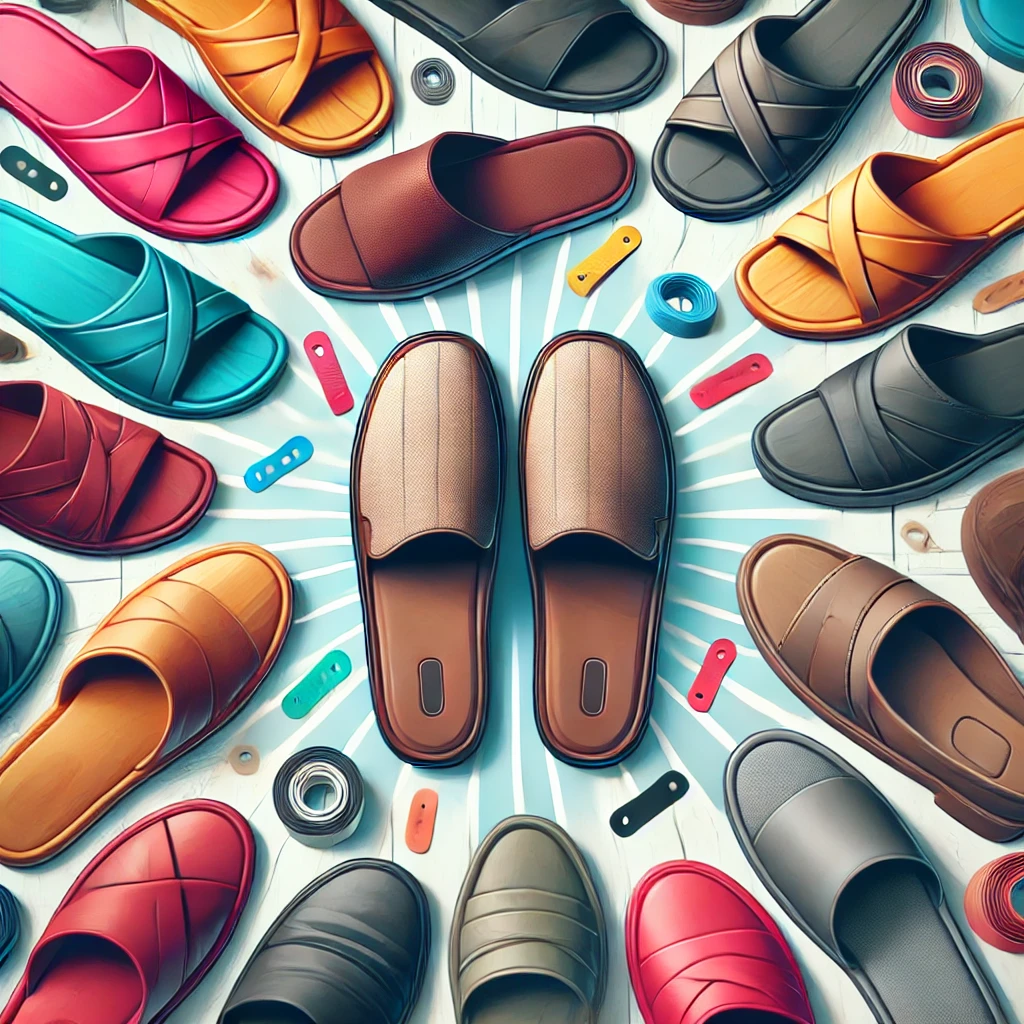
1. Buying from Unreliable Suppliers
Many wholesalers make purchases from suppliers without sufficient research. This can lead to receiving low-quality products or delays in delivery. Always check previous customer reviews and ask suppliers for quality guarantees before making a purchase.
2. Neglecting the Quality of Raw Materials
One of the most important factors in bulk slipper purchases is the quality of the raw materials. Slippers made from poor-quality materials, like low-grade PVC, tend to be less durable and can lead to customer dissatisfaction. EVA is an excellent option that offers high durability and comfort.
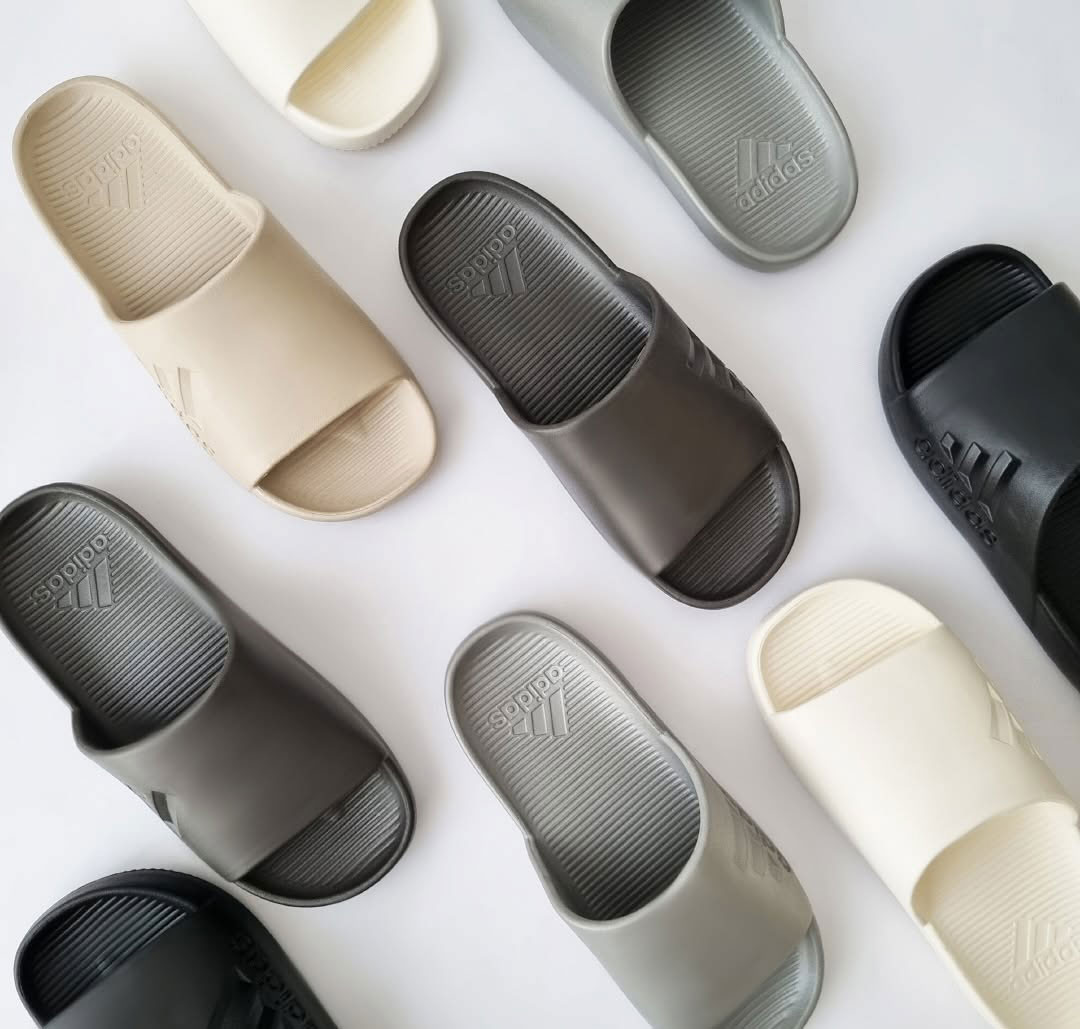
3. Failing to Analyze the Target Market’s Needs
Before making a purchase, you need to understand what kind of slippers your target market prefers. For example, some markets may prefer fancy models, while others might be looking for simple, durable slippers. Understanding customer needs can help prevent unsold inventory of undesirable products.
4. Ordering Large Quantities Without Initial Testing
Some people immediately place bulk orders for a specific slipper model without reviewing a sample first. This is a high-risk move because the product you receive might not meet your expectations. Always receive a sample first and evaluate its quality.
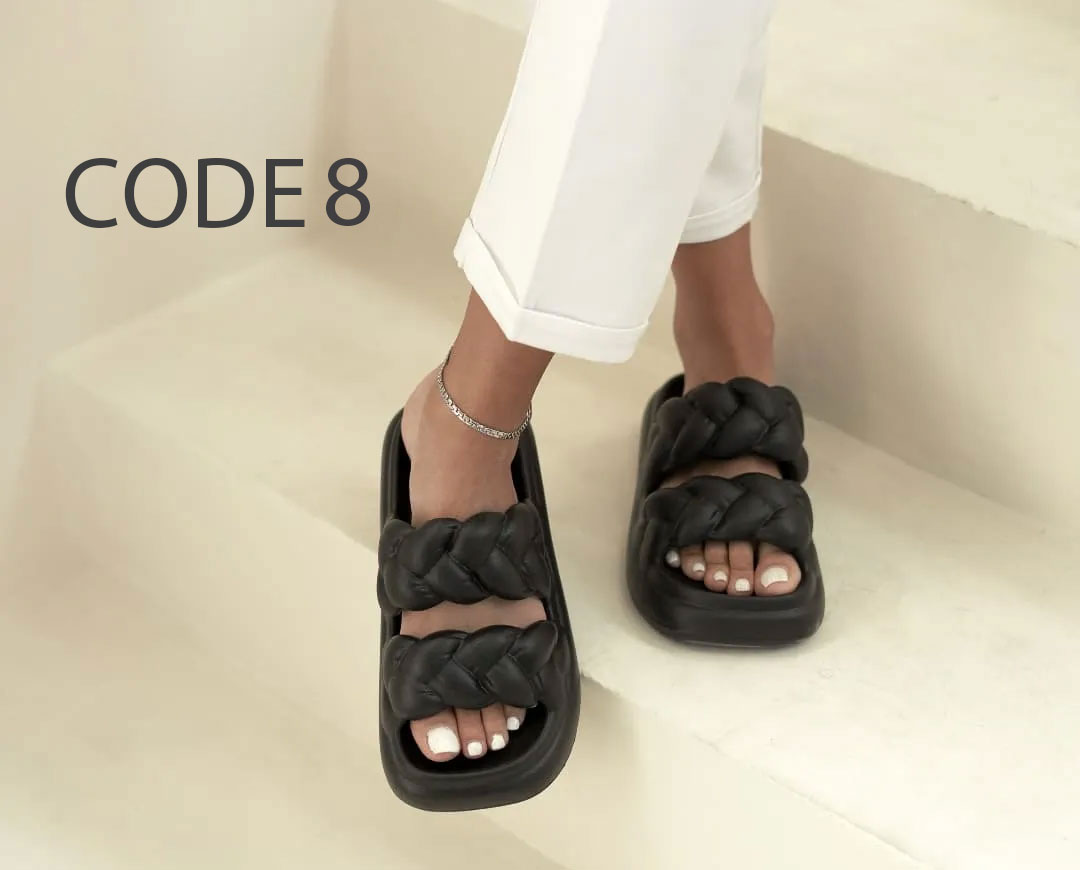
5. Ignoring Packaging Details
Packaging is crucial in wholesale sales. Improper packaging can cause damage during transit and make the product unsellable. Attractive packaging, on the other hand, can positively influence buyers’ decisions.
6. Overlooking Hidden Costs
Some buyers only focus on the product price and neglect additional costs like shipping, customs, and taxes. These costs can increase the final price and reduce your expected profit margin.
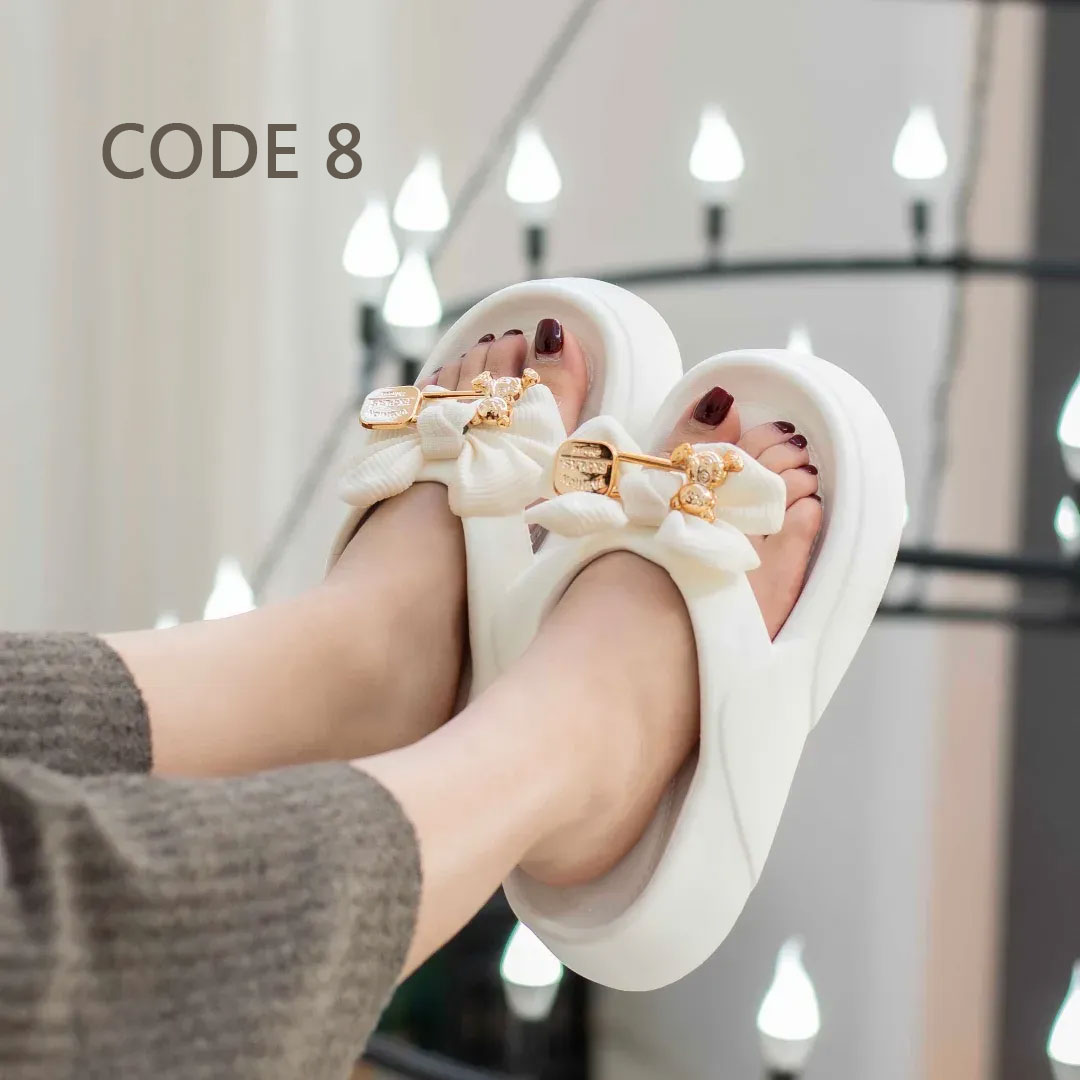
7. Buying from Too Many Intermediaries
Purchasing through multiple intermediaries can raise the final price. If you can buy directly from the manufacturer, you’ll reduce your costs and increase your profit margin.
8. Not Paying Attention to Delivery Terms and Timing
Sometimes, suppliers cannot deliver orders on time due to logistical issues. This can lead to delays in sales and customer dissatisfaction. Always discuss delivery schedules and shipping conditions clearly with the supplier.
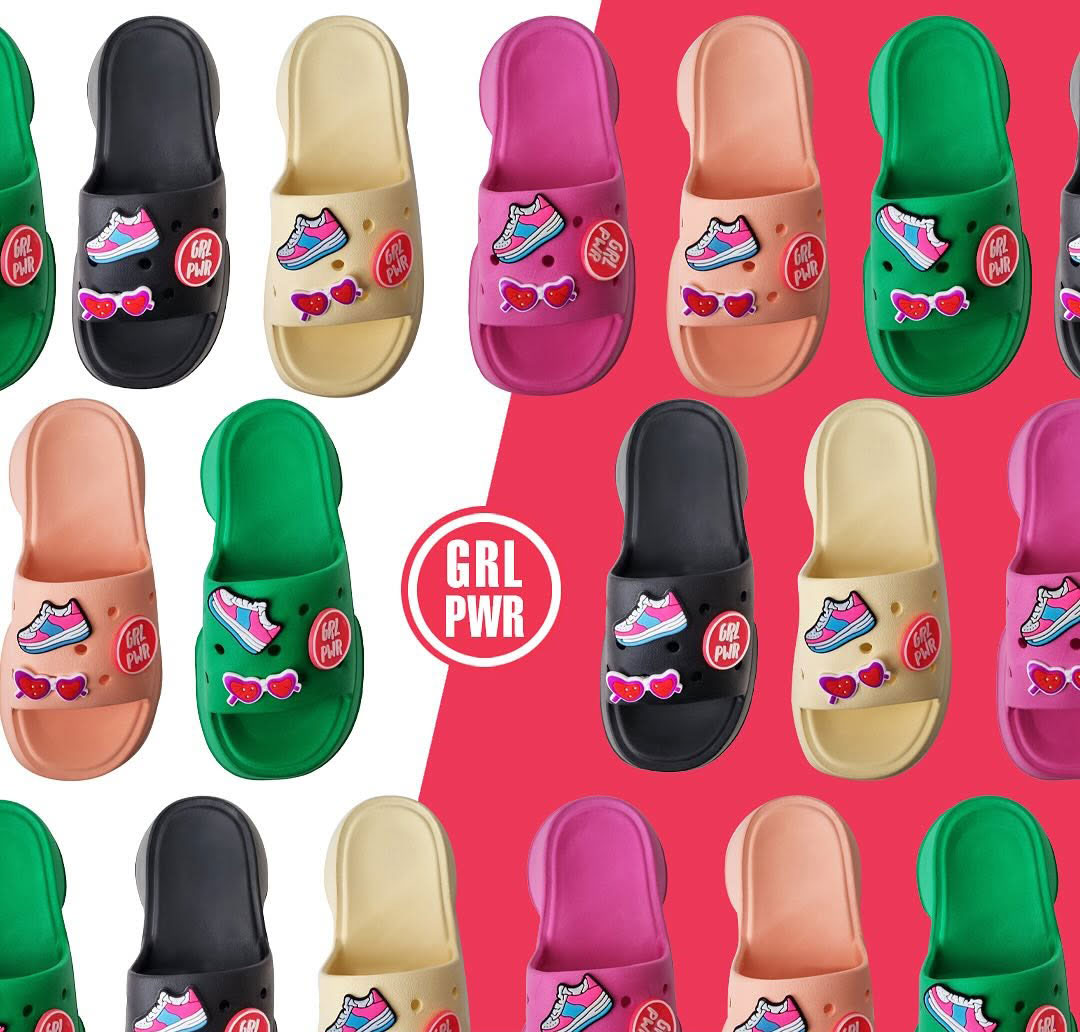
9. Not Having a Formal Contract
Some wholesalers make purchases without signing a formal contract. This can lead to legal problems if issues arise, such as delayed deliveries or receiving poor-quality goods. Having a formal contract with all purchase details, including payment terms and quality guarantees, is essential.
10. Ignoring Seasonal Demand
In some seasons, the demand for specific types of slippers increases. For example, beach slippers sell better in the summer. Ignoring this issue can either leave you with unsold inventory or prevent you from supplying the necessary products during peak demand.
Conclusion
Buying slippers in bulk can be profitable, but only if you avoid these common mistakes. Researching suppliers, checking product quality, understanding your target market, and managing costs properly will help you make a successful purchase. By following these tips, you can confidently expand your business.





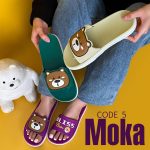

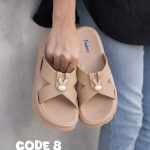
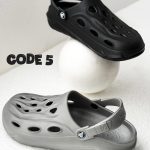






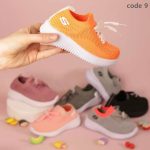


You’ve woven a tapestry of insight and grace; each sentence is a thread of beauty and meaning.